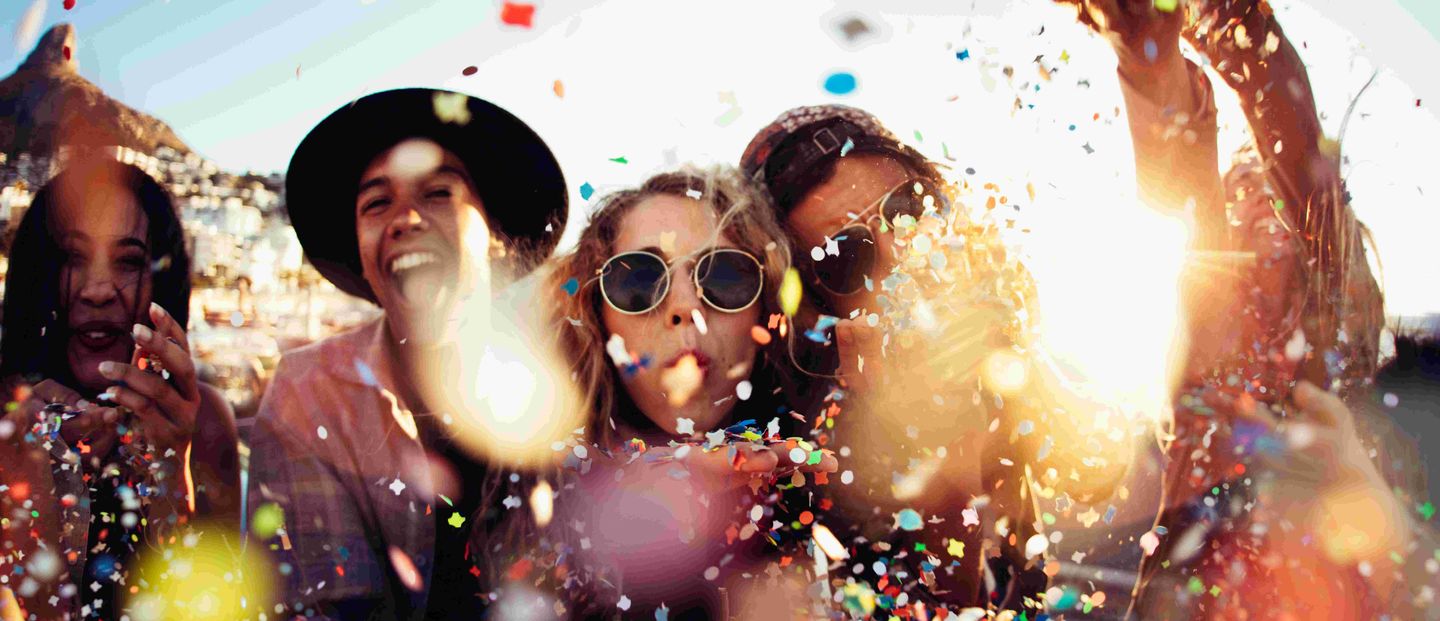How live experiences can help brands create a lasting impression.
There are countless ways to measure ROI when it comes to marketing tactics; but harder to define, and even harder to quantify, is the ability for a brand to create a lasting impression on their audience. COVID-19 reshaped the world overnight, forcing many brands to rely on digital-only solutions but how does this affect their ability to make a lasting impression? While we’ll never be able to see into the minds of our audience (not yet, at least, but let’s give the tech giants a few years), we can consider the key factors that are needed to create an impression and measure ourselves against these.
We need to answer the question: how do we make something unforgettable?
Joshua Foer, author of Moonwalking with Einstein: The art and science of remembering everything, explores this through his journey to become a memory champion. In the process of learning about how the brain works, we come to understand the natural predisposition we have towards spatial memory. We as human beings are inclined to remember visual imagery far more easily than we are other types of information like lists of words and numbers. This is an important distinction for brands to understand and should influence how they interact with their customers.
The central concept that Foer explores in his book is the creation of memory palaces. In case you’re unfamiliar with the concept, a memory palace refers to the technique of transforming information into images and placing them in a mental location. This enables you to “walk through” your palace at a later time and easily recall the information.
The elements we need to make a memory and the process of creating a memory palace, share a number of striking similarities to live experiences. Here, we’ve adapted some of the recommendations into key lessons brands should keep in mind when looking to create a lasting impression.
Control the physical space
While the pivot to digital-only solutions was a necessary stop-gap during the COVID-19 lockdown over the last few months, our brains did not suddenly evolve and adapt to a new process for creating distinct memories. Memories are born from deep engagement while distractions are its certain death.
When you’re at home interacting with online content like a webinar, your ability to focus on that subject is drastically reduced by other stimulants in your environment1. Distractions can come from anywhere be it other open tabs on your computer, your phone or other people around you. Digital experiences struggle to make the same impression that a live one does as brands have less control over the physical space that their content is being engaged in. Comparatively, live experiences command the attention of the audience because they are immersive; they encourage deeper engagement through their control of the physical environment.
Make it multi-sensory
When you’re creating a memory palace, you’re encouraged to make the images as multi-sensory as possible. In addition to what you can see, what can you also smell, hear, taste and touch? By including all of your senses, associative hooks are created and the new information you’re engaging with becomes ‘stickier’ and it is more likely to remain in your memory. These associative hooks can then be triggered days, weeks, months or years later. They can be a powerful tool for brands to tap into when they’re considering creating a long-term relationship with their audience.
We’ve already seen great examples of multi-sensory experiences from the Trumpet Flowers at Sydney’s Vivid 20192, to COS’ installation at Salone del Mobile3, and GPJ’s own WAnderlust event which engaged every sense to showcase the wonders of Western Australia.
Expect the unexpected
In Foer’s TED Talk – Feats of memory anyone can do4 – he says in relation to the creation of memory palaces that, “the crazier, weirder, funnier, more bizarre, raunchier, stinkier the image is, the more unforgettable it will be.” To interpret this for a live experience: in order for something to be memorable, it needs to challenge a person’s expectations.
Humans are habitual creatures and our everyday routines often mean that the experiences in our daily lives can blend into one another. In short, they can be largely forgettable. If you imagine that those everyday experiences create a bubble around your mind, live experiences are the pin that wants to pop it. Live experiences pull your brain into focus; into being more present and more deeply engaged with what you are doing. When an experience is unique, when it pushes the bounds of what you’ve seen before, new and distinctive pathways are created in our brains, ensuring you remember it long after you leave the event.
We’re more than just talk; we want to show you how to put this into practice.
We understand COVID-19 changed the landscape of our industry but with more than a century of experience, we’re ready to help you navigate what comes next. Experience Evolved is our new suite of solutions to help brands adjust and plan their experiential and integrated activity.
1 The lost art of concentration: being distracted in a digital world
2 Trumpet Flowers, Sydney’s Vivid 2019
3 This beautiful, bizarre installation recreates the smell of spring
4 TED Talk – Feats of memory anyone can do
